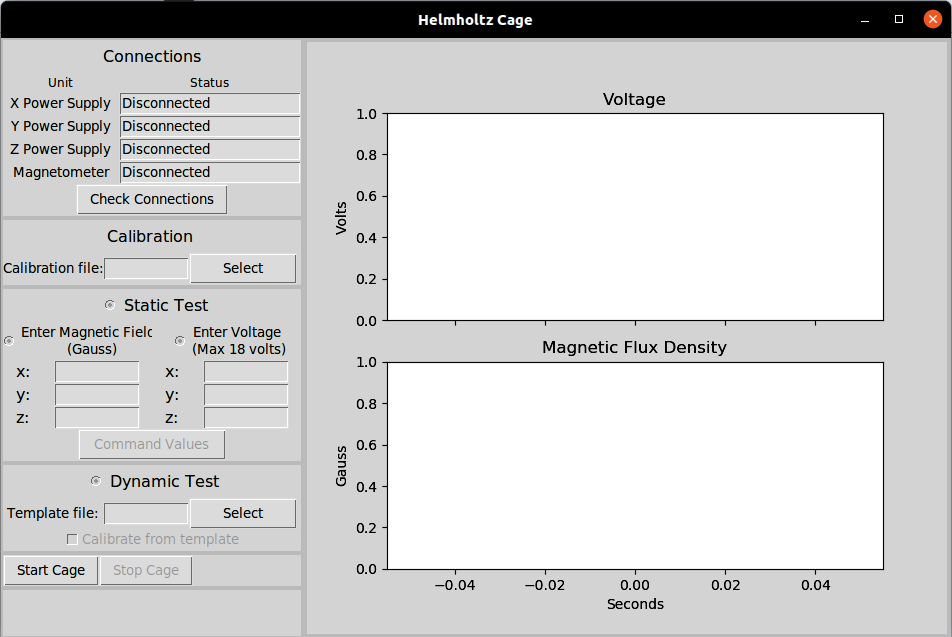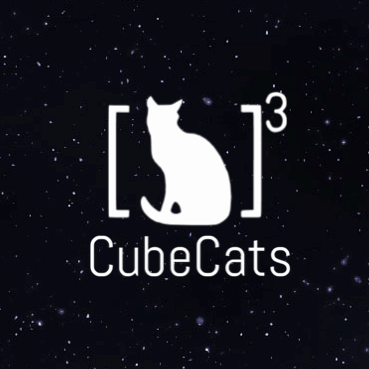About
A Helmholtz Coil is a device consisting of a pair of identical coiled-wire electormagnets, separated by a set distance to create a uniform magnetic field along their common axis. Arranging three Helmholtz Coils orthogonally to each other creates a Helmholtz Cage, which is able to create uniform fields in each direction at its center. This setup can be used to realistically test a satellite's attitude determination and control system on the ground by simulating on-orbit magnetic fields, and characterize the residual magnetism of satellite components by negating the ambient magnetic field. In order to test the ADCS of our two upcoming CubeSat missions as well as potential future missions, UC CubeCats designed and built its own Helmholtz Cage.
This project was funded by a grant from the Ohio Space Grant Consortium (OSGC).





